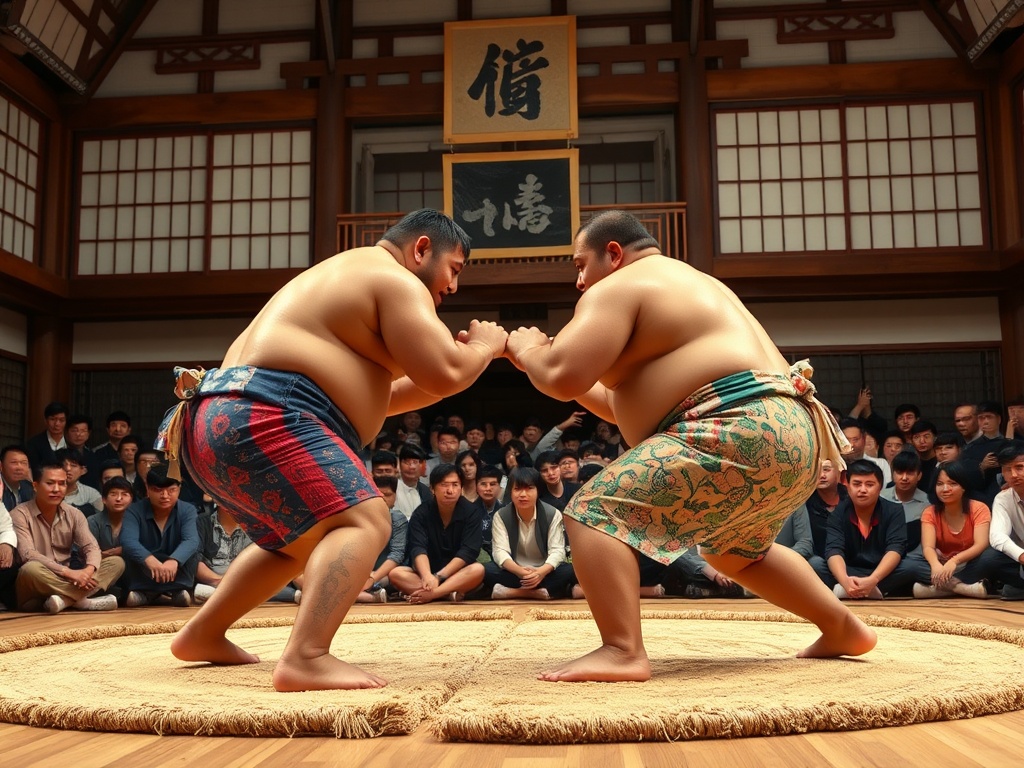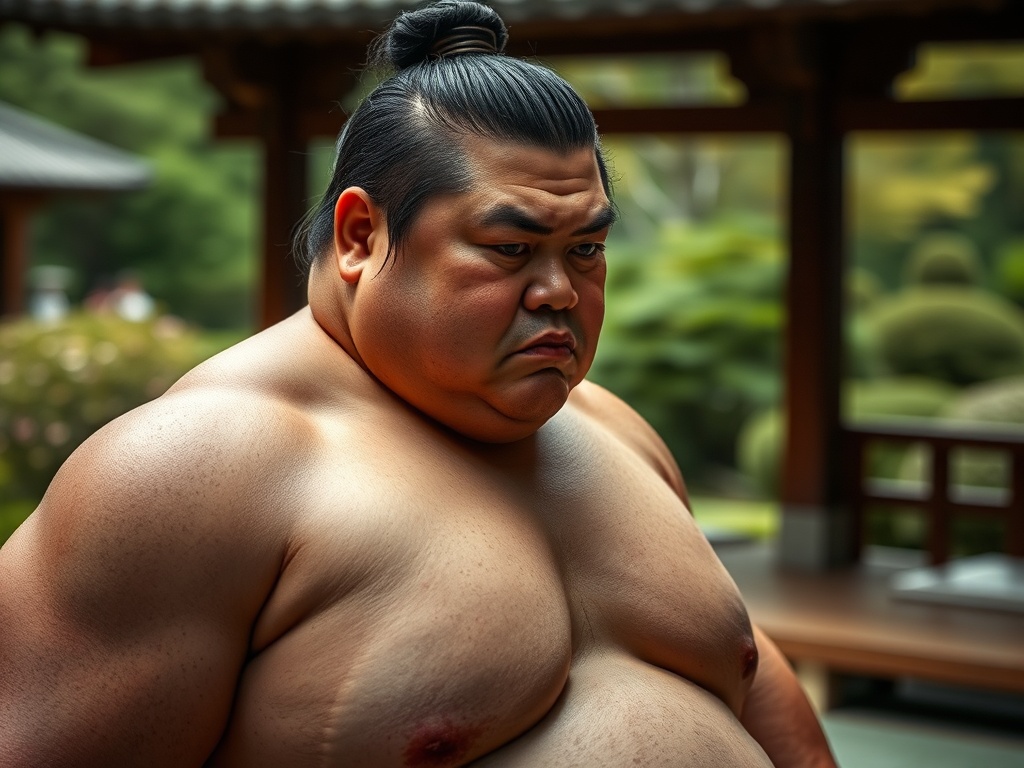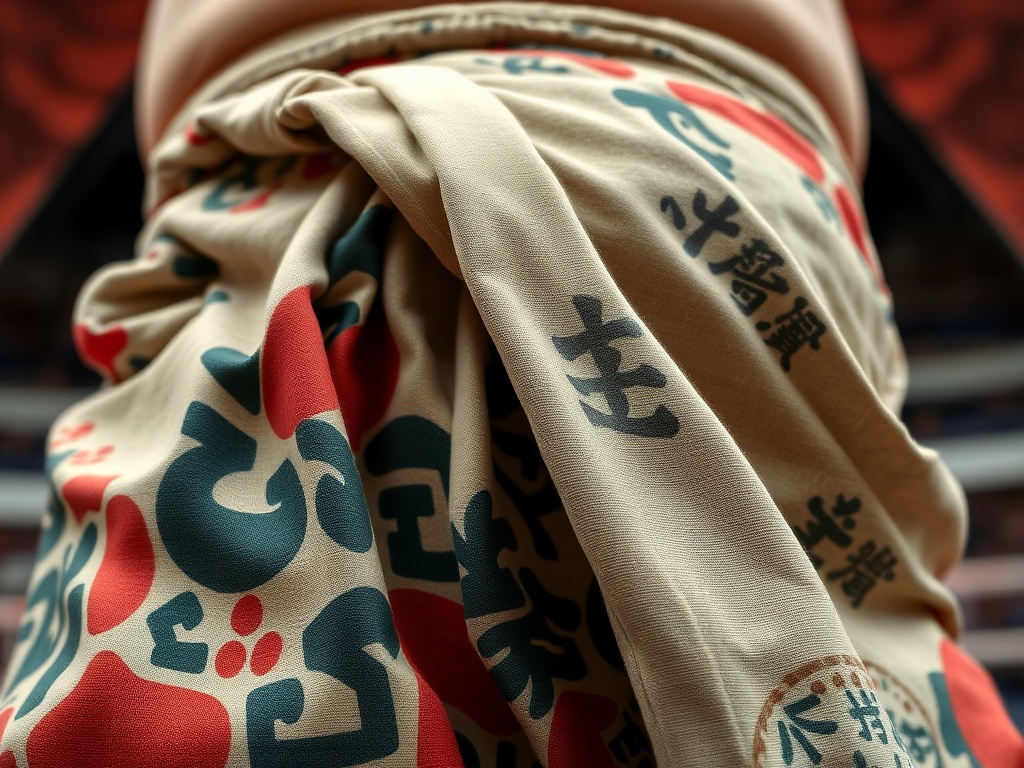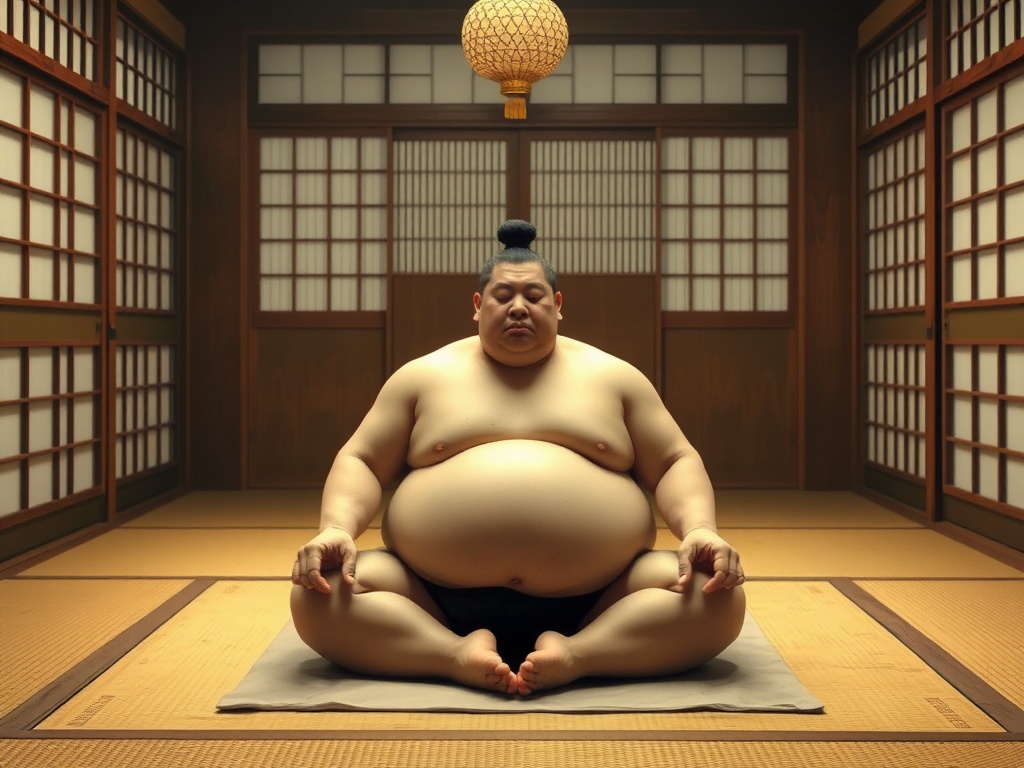What is Sumo Wrestling in Japan?
Welcome to the fascinating world of Sumo Wrestling, Japan’s national sport! If you think wrestling is all about body slams and dramatic flair, you’re in for a surprise. Sumo is steeped in tradition, rituals, and a deep cultural significance that goes beyond the wrestling mat. So, grab your salt and let’s dive into the captivating universe of Sumo!
Win a Free Trip to Japan!
Experience cherry blossoms and ancient temples
Sumo Rituals
Sumo isn’t just a sport; it’s an art form filled with rituals that date back over 1,500 years. Originally, it was a Shinto ritual performed to ensure a bountiful harvest. Fast forward to today, and it’s evolved into a spectacular event that captures the hearts of millions! Picture it: a massive arena, the smell of salt in the air, and a crowd buzzing with excitement.
- Apprenticeship: Young boys, as young as 15, join a sumo stable and begin their rigorous training. They live together, eat together, and train together, following strict traditions that govern every aspect of their lives.
- Topknot Hairstyle: The iconic topknot hairstyle worn by wrestlers isn’t just for show; it’s a nod to historical customs that date back to the Edo period. Some say it even serves to protect their heads during those intense matches!
- The Dohyo: The dohyo is where the magic happens. This clay-packed ring, about 15 feet in diameter and two feet tall, is rebuilt for every tournament! Imagine the anticipation as wrestlers purify the ring with salt before each bout, turning the stage into a sacred battleground.
- The Gyoji: Meet the referee, or gyoji, in his splendid samurai kimono. He doesn’t just officiate; he sings the names of the wrestlers before the match and announces the winner afterward, adding a theatrical flair to the proceedings.
The Rules of Engagement
Now that you’re familiar with the rituals, let’s break down the rules governing this fascinating sport. It’s simple yet strategic, drawing in fans from around the globe!
- Two Wrestlers: In Sumo, it’s all about the rikishi (wrestlers). Clad in a traditional silken loincloth called a mawashi, these athletes are ready to rumble!
- How to Win: The objective is straightforward: push your opponent out of the ring or make them touch the ground with anything other than the soles of their feet. With around 70 different techniques at their disposal, each match is a thrilling duel of strength and strategy!
- Illegal Moves: While the rules are simple, there are a few no-nos. Closed fists, hair pulling, eye gouging, choking, and stomach kicks are all off-limits. Safety is key, even in this intense sport!
The Buildup to Battle
Before the clash of titans begins, there’s an electrifying buildup! Wrestlers often engage in intimidating stares, stomping their feet, and of course, throwing salt into the ring. This theatrics can go on for up to four minutes, elevating the excitement of the bout!
And let’s not forget the colorful banners that parade around the ring! Each banner represents a sponsor and signals the monetary prizes at stake. The more banners, the higher the stakes—it’s a feast for the eyes and a thrill for the heart!
Understanding Rankings
The world of Sumo is also defined by its unique ranking system known as banzuke. There are no weight classes here; wrestlers can weigh anywhere from 200 to 400 pounds, making for some unexpected matchups!
- Upper Division: The elite tier is called maku-uchi, home to about 42 wrestlers, with the illustrious rank of Yokozuna (grand champion) at its pinnacle. With only 73 Yokozuna in history, this title is a badge of honor that can’t easily be taken away!
- Sanyaku: Below Yokozuna are the sanyaku ranks: the mighty ozeki, who must win two consecutive tournaments to be considered for Yokozuna, followed by sekiwake, komusubi, and the maegashira ranks.
The Grand Sumo Tournament
Now for the main event: the Grand Sumo Tournament! Held six times a year, these tournaments are a spectacle not to be missed. Picture this: three events in Tokyo (January, May, and September), and one each in Osaka, Nagoya, and Fukuoka. Each tournament lasts 15 thrilling days!
Each day starts slow, showcasing the lower-ranked wrestlers, but by around 3:00 PM, the excitement builds as higher-ranked competitors take to the ring. The grand finale? You guessed it—the Yokozuna showdown just before 6:00 PM, where legends are made!
How to Watch Sumo Outside Japan
For those eager to catch the action outside of Japan, the NHK app is your ticket to the excitement! They provide Grand Sumo Highlights on demand, allowing fans worldwide to experience the thrill of every bout, even if it’s a day late!
Conclusion
So there you have it! Sumo wrestling is not just a sport; it’s a captivating blend of tradition, skill, and pageantry that reflects the rich culture of Japan. Whether you’re planning a trip to Japan or just looking to catch a match on your screen, you’re in for an unforgettable experience. So, what are you waiting for? Step into the ring of Sumo!




